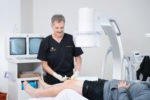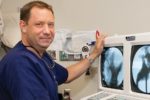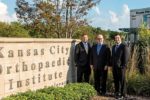C. Lan Fotopoulos, MD Kansas City Orthopedic Alliance
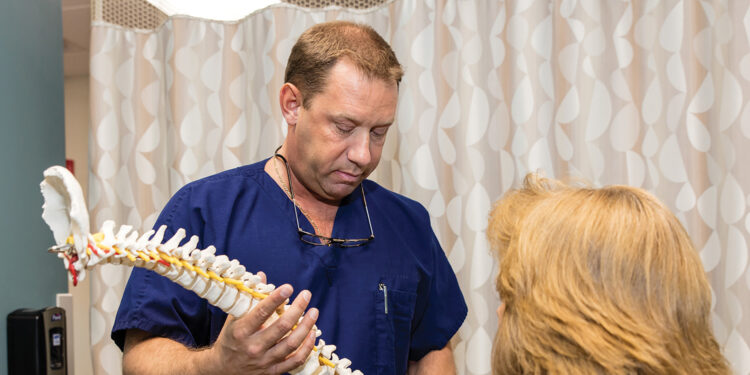
Story by Ann E. Butenas

Dedicated to healing…Dr. C. Lan Fotopoulos uses cutting-edge technology to tackle the most challenging chronic pain conditions.
In the world of medical specialization, most physicians choose a single path and dedicate their careers to mastering one field. Dr. C. Lan Fotopoulos has chosen a different route entirely. With four distinct board certifications spanning Physical Medicine and Rehabilitation, Pain Medicine, Undersea and Hyperbaric Medicine, and Sports Medicine, Dr. Fotopoulos represents a rare breed of physician who brings multiple perspectives to every patient encounter.
The Art of Comprehensive Pain Medicine
Currently practicing as an interventional physiatrist with Kansas City Orthopedic Alliance, Dr. Fotopoulos has built his career on the principle that effective pain management requires understanding the human body from multiple angles. His journey to this comprehensive approach began at the University of Missouri-Kansas City School of Medicine, followed by residencies at both the University of Kansas Medical Center and additional training that encompassed general surgery, anesthesiology, and physical medicine. A prestigious fellowship in musculoskeletal medicine at Washington University in St. Louis provided the capstone to his formal education, but his learning never stopped there.
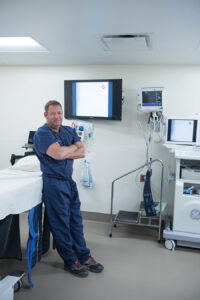 A Legacy Built on Service
A Legacy Built on Service
Medicine runs deep in the Fotopoulos family tree. His parents met at Kansas City’s old General Hospital, where his mother served as head nurse of both the cardiac and OB floors while his father completed his surgical residency. His father went on to become Chief of Surgery at North Kansas City Hospital and subsequently established the surgery program at the hospital at Lake of the Ozarks. Today, the medical tradition continues throughout the extended family, with his brother working as a hospitalist, his sister-in-law serving as a neonatal nurse practitioner, and his wife holding a master’s degree in nursing. Even the next generation is carrying forward this legacy, with his stepson pursuing orthopedics and his niece entering the medical field.
Dr. Fotopoulos’s own commitment to service extends beyond the exam room. His time in the U.S. Navy provided invaluable experience in trauma and acute care medicine, while his current role as an officer with the Claycomo Police Department demonstrates his ongoing dedication to community service. Recently completing ground school training to become a private pilot, he embodies his personal mantra of “never say never” in both medicine and life.
Revolutionizing Spinal Care
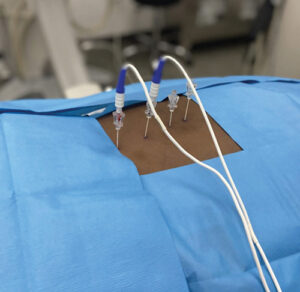 While Dr. Fotopoulos treats a wide range of musculoskeletal conditions affecting the shoulder, hip, and knee, his expertise lies in minimally invasive spinal procedures. His approach to conditions like vertebral compression fractures exemplifies how medical innovation can transform patient outcomes.
While Dr. Fotopoulos treats a wide range of musculoskeletal conditions affecting the shoulder, hip, and knee, his expertise lies in minimally invasive spinal procedures. His approach to conditions like vertebral compression fractures exemplifies how medical innovation can transform patient outcomes.
“Forty years ago, if you had a compression fracture, you were basically put on bed rest,” Dr. Fotopoulos explained. Today, through procedures like vertebroplasty, patients can experience almost immediate relief. The procedure, which he has helped advance throughout his career, involves injecting acrylic bone cement into fractured vertebrae to stabilize the spine. “Basically, we are creating a cast in the bone,” as he described the 30-minute procedure performed under IV sedation.
The impact cannot be overstated. Patients who once faced weeks of bed rest and potential complications now experience rapid pain relief and prevention of future fractures, which are crucial benefits given that patients with one osteoporotic fracture face a five-fold risk of developing another within a year.
Tackling the Diagnostic Challenge of SI Joint Pain
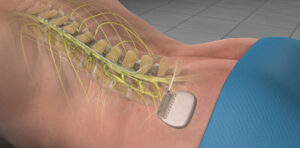 One of Dr. Fotopoulos’s particular areas of expertise addresses a condition that affects roughly 30% of all lower back pain sufferers yet remains largely unknown to the public: sacroiliac joint dysfunction. The diagnostic challenge is significant, as there’s no definitive test for the condition through blood work, X-rays, or MRIs.
One of Dr. Fotopoulos’s particular areas of expertise addresses a condition that affects roughly 30% of all lower back pain sufferers yet remains largely unknown to the public: sacroiliac joint dysfunction. The diagnostic challenge is significant, as there’s no definitive test for the condition through blood work, X-rays, or MRIs.
“You have to have some level or index of suspicion, along with the history of the patient, to make a diagnosis,” he explained. The SI joints, which connect the triangular sacrum at the bottom of the spine to the wide ilium bones of the pelvis, don’t move much but play a crucial role in transferring weight and forces between the upper body and legs.
Dr. Fotopoulos advocates for a systematic approach to treatment, beginning with conservative measures like physical therapy targeting proper pelvic alignment and core strength, anti-inflammatory medications, and specialized stabilization devices for patients whose joints move excessively. When conservative treatments prove insufficient, he turns to more advanced options, including precisely delivered corticosteroid injections and, for the most challenging cases, percutaneous sacroiliac fusion.
“When there is no longer period of relief from physical therapy, medications, and steroids, but diagnostic injections temporarily help, fusion may be the best option,” he advised, noting that this minimally invasive approach has largely replaced radiofrequency ablation as the preferred permanent solution.
Pioneering Pain Relief for Diabetic Neuropathy
Perhaps nowhere is Dr. Fotopoulos’s innovation more evident than in his treatment of painful diabetic neuropathy (PDN), a condition affecting roughly half of all individuals with diabetes. Traditional treatments have offered limited success, but Dr. Fotopoulos has embraced cutting-edge spinal cord stimulation technology that’s changing the landscape entirely.
Using Nevro’s spinal cord stimulation system—the only FDA-approved device with a specific indication for PDN—Dr. Fotopoulos has witnessed remarkable outcomes. The device uses high-frequency 10 kHz therapy to interrupt pain signals, offering patients relief without the side effects and dependency risks associated with opioid medications.
“It is a procedure that, if it works, it works so well and people are so happy,” he remarked. “When you can use spinal cord stimulation, it’s a better option than opioids. With the right patient and with the right pathology, it’s a great alternative.”
The results speak for themselves: studies show that at 12 months, 86% of participants reported pain relief greater than 50%, with 68% showing improvement in neurological evaluation. Perhaps most remarkably, some patients experience a return of sensation previously lost to the disease.
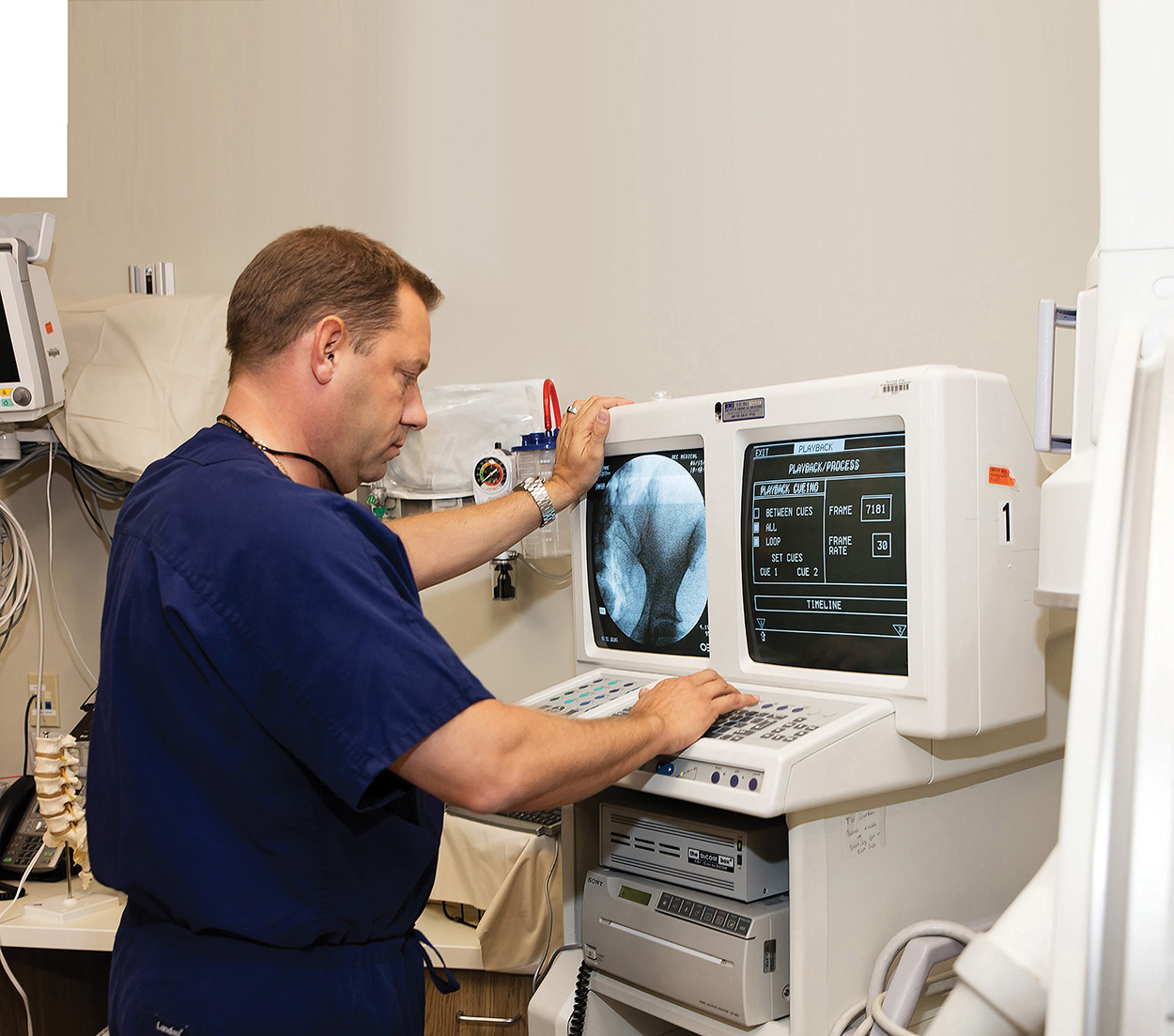
The Human Touch in High-Tech Medicine
Despite his embrace of advanced technology and minimally invasive procedures, Dr. Fotopoulos never loses sight of the human element in medicine. His diverse life experiences, from Navy service to police work to aviation, inform his patient care philosophy and help him connect with people from all walks of life.
His comprehensive approach to patient evaluation reflects this holistic perspective. Whether dealing with spinal stenosis, compression fractures, or complex regional pain syndrome, he considers not just the immediate symptoms but the broader impact on a patient’s life, career, and overall well-being.
As medicine continues to evolve, practitioners like Dr. Fotopoulos represent the future of pain management: physicians who combine deep technical expertise with broad life experience, advanced technology with compassionate care, and specialized knowledge with a comprehensive understanding of the human condition. For patients struggling with chronic pain, this multifaceted approach offers not just relief but hope for returning to the activities and relationships that make life meaningful.
In a field where narrow specialization is often the norm, Dr. Fotopoulos proves that sometimes the best medicine comes from a doctor who refuses to be confined to a single box, one who brings the full spectrum of medical knowledge and human experience to every patient encounter.

For more information about Dr. Fotopoulos and Kansas City Orthopedic Alliance call (913) 319-7600 or visit: https://kcorthoalliance.com
